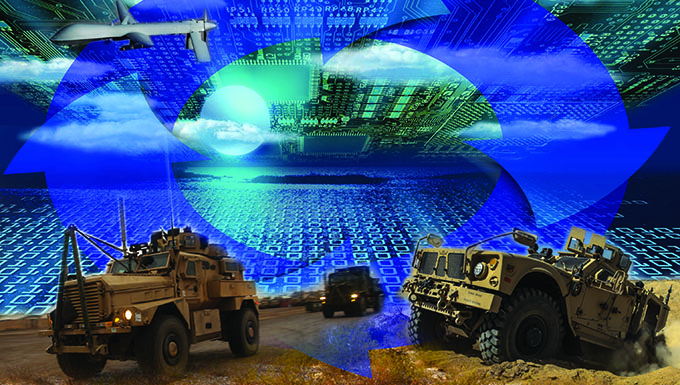 "We have moved past the civilities in the cyberspace domain. U.S. forces and those of our adversaries now rely heavily on their computer networks for command and control, intelligence, for planning, for communications, and for conducting operations. But these architectures are vulnerable."
"We have moved past the civilities in the cyberspace domain. U.S. forces and those of our adversaries now rely heavily on their computer networks for command and control, intelligence, for planning, for communications, and for conducting operations. But these architectures are vulnerable."
- Gen. Kevin Chilton, USAF, 2009
Although modern cyberspace operations began in the USAF in the late 1980s and early 1990s, the heritage of cyberspace operations goes back to the early twentieth century with the exploitation of the electro-magnetic spectrum through observation balloons and tactical reconnaissance, to electronic warfare and information operations up to the present day and the operation and defense of Air Force networks. As technology advanced and the operational need to protect and defend information became more critical, modern cyberspace operations began to emerge. Thus, with its long heritage of exploiting the electro-magnetic spectrum, Air Force cyberspace operations now focus on operating, extending, and defending the Air Force Information Network, defending key mission systems, and providing full spectrum cyberspace capabilities for joint warfighters in, through and from cyberspace.
Note: This online exhibit is continually being developed and more content will be added as we move forward. Please revisit this page often for updates.